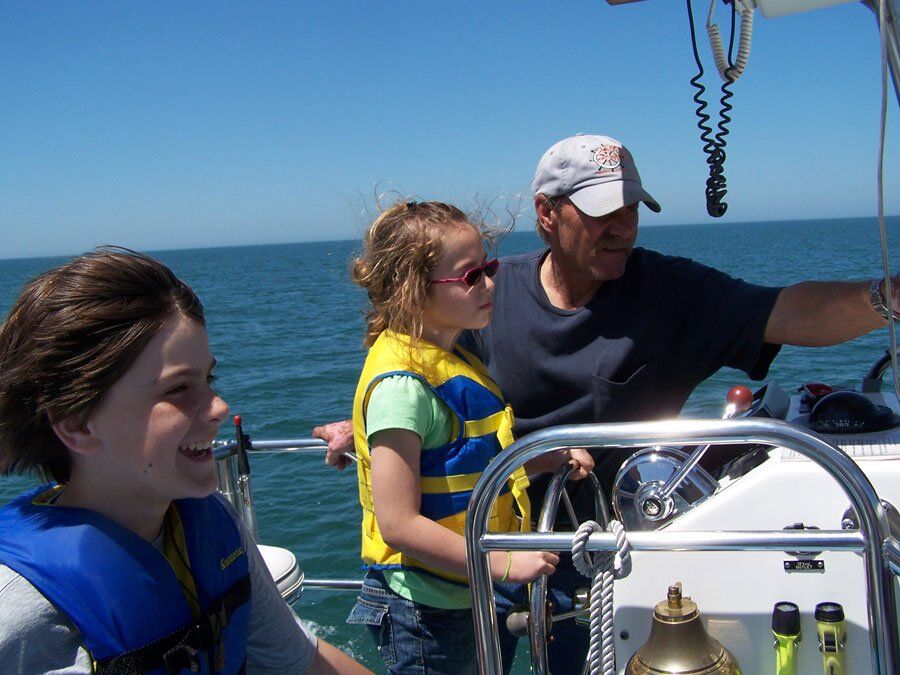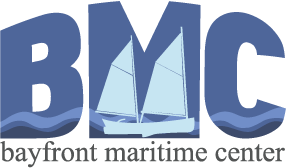Shipwreck Science
The Shipwreck Science Program introduced the concepts, hands-on practice, equipment, and excitement of scientific underwater exploration to school students. The Science Technology Engineering and Math (STEM) Initiative based program was underway with twenty to twenty-five participants for a three-hour voyages of discovery and adventure. After departing from Dobbins Landing, participants learned about a variety of topics and took turns at the helm.
While on route to shipwrecks located just off of Presque Isle Peninsula, maritime educators from BMC and the captain and crew presented information designed to engage and educate the students about various subjects including:
- Lake Erie Shipwrecks
- Presque Isle Bay and Peninsula History
- Gull Point Sand Succession
- Point Source Pollution
- Magnetic Compass
- Principles of Navigation
- GPS
- Chart Plotting
- Underwater Archaeology
- Rules of the Road
- Light Houses (we will pass three)
- Local Shipbuilding
- Local Commercial Fishing
- Erie’s Industrial Waterfront
- Joe Root lore
Floating STEM Classrooms
BMC’s Side Scan Sonar equipment was deployed as we approached one of the wreck sites near Presque Isle StatePark, in about 25’ of water. Several passes were made over the wreck as participants watched the screens and learn how to see and interpret the targets observed. The floating STEM classroom then anchored over the wreck and the Underwater Remote Operating Vehicle (ROV) was deployed. Participants saw live video from the ROV operating on the lake bottom and observed, identified, and documented the wreck and associated objects detected previously by the Side Scan Sonar.
The historic 1813 gunboat schooner Porcupine, BMC’s new Presque Isle Bay Schoolship, is currently under construction in our boatshop.
One of its many educational missions will be towing BMC’s side-scan sonar equipment in Lake Erie and Presque Isle Bay, searching for and documenting Lake Erie’s numerous shipwrecks. The Porcupine will sail with students of all ages and can also carry research teams on day sails or overnight excursions.

Underwater ROV screen (foreground), side-scan sonar screen (behind).

BMC’s side-scan sonar equipment with a shipwreck on the screen, (left). An underwater ROV with a fish swimming in the debris field (right).

Young scientists on the helm assisting the captain pilot the research vessel to the shipwreck.
